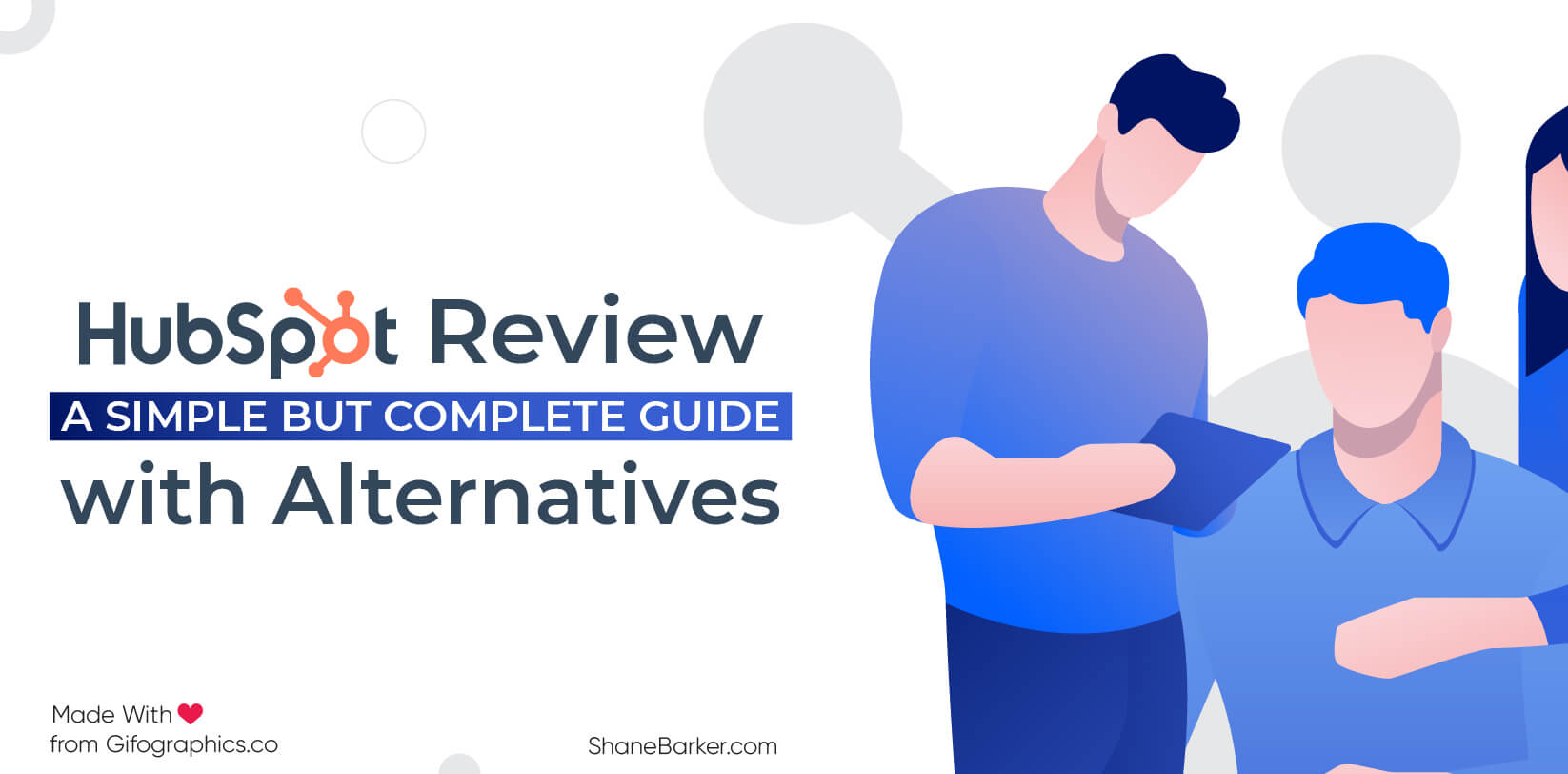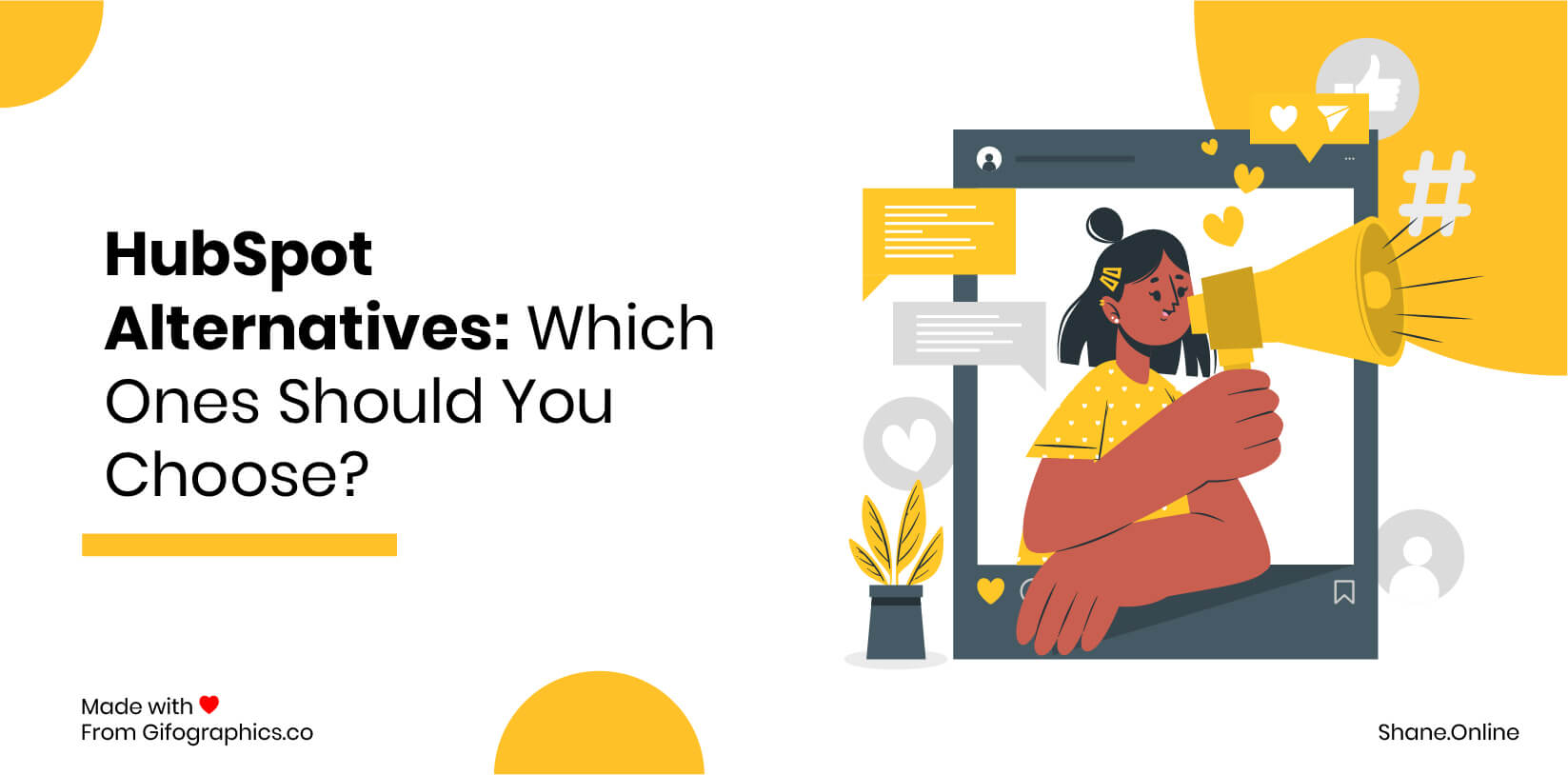- Digital Marketing Mix
- Posts
- 📢 John Mueller on Low-Effort Content: Does Looking Good Still Work?
📢 John Mueller on Low-Effort Content: Does Looking Good Still Work?
John Mueller calls out low-effort content—here’s what it means for your SEO. 🚀

Disclosure: This content may contain few affiliate links, which means if you click on them, I will get a commission (without any extra cost to you).
Hey there!
This week, we’re diving into John Mueller’s latest comments on low-effort content and what it means for content creators and marketers. With AI-generated content on the rise, is looking good enough, or does expertise still reign supreme?
What You’ll Find in This Week’s Newsletter:
John Mueller’s take on low-effort content that “looks good.”
The difference between high-quality and low-quality content.
The role of AI-generated images and AI content in SEO.
How AI and human creativity can work together.
Featured tool of the week
John Mueller’s Thoughts on Low-Effort Content
Google’s John Mueller recently shared his thoughts on content that looks good but lacks expertise. Using an AI-generated image as an example, he made it clear that appearance alone isn’t enough when it comes to content quality.
He wrote:
“How common is it in non-SEO circles that ‘technical’ / ‘expert’ articles use AI-generated images? I totally love seeing them [*].
[*] Because I know I can ignore the article that they ignored while writing. And, why not should block them on social too.”
Mueller’s point? If a site takes shortcuts with images, it’s often a sign that the entire article is low-effort. But is that always true?
High-Quality vs. Low-Quality Content: What’s the Difference?
Google’s algorithm prioritizes experience, expertise, authority, and trustworthiness (E-E-A-T) when ranking content. But what separates high-quality content from low-quality content?
Characteristics of High-Quality Content
✅ Expertise: Written by someone with real knowledge on the subject.
✅ Depth: Covers the topic thoroughly and answers key questions.
✅ Credibility: Cites reliable sources and includes data to support claims.
✅ User Experience: Easy to read, well-formatted, and engaging.
✅ Unique Value: Offers something new, rather than regurgitating existing content.
Signs of Low-Quality Content
🚫 Shallow information: Lacks depth, missing critical details.
🚫 Keyword stuffing: Over-optimized with unnatural phrasing.
🚫 Unverified claims: No sources or citations to back up statements.
🚫 AI-generated fluff: Sounds good but doesn’t actually say much.
🚫 Overuse of stock or AI-generated images: Gives a “mass-produced” feel.
Even if low-effort content looks good on the surface, Google and users will see through it.
AI-Generated Images & Their Impact on Content
Mueller didn’t attack AI-generated images directly but hinted that they could be a red flag for low-effort content. The key takeaway? AI tools should enhance content—not replace genuine expertise.
When AI Images Are Useful:
✅ Data visualization: Infographics, charts, and summaries.
✅ Unique branding: Custom AI-generated visuals instead of stock photos.
✅ Quick concept sketches: Helping writers bring ideas to life faster.
When AI Images Hurt Content Quality:
🚫 Generic or misleading visuals: Images that don’t match the topic.
🚫 Overuse: When every image looks AI-generated, it signals laziness.
🚫 Replacing real expertise: Using AI art instead of relevant diagrams or screenshots.
While AI-generated images aren’t inherently bad, they should be used strategically—not as a shortcut for real expertise.
The AI Content Debate: Pros & Cons
With AI tools like ChatGPT, Jasper, and Gemini becoming more powerful, should marketers rely on AI-generated content?
Arguments in Favor of AI Content:
✅ Speed: AI can produce drafts in seconds, saving hours of work.
✅ Idea Generation: Great for brainstorming content topics and outlines.
✅ SEO Optimization: AI tools can help with keyword research and meta descriptions.
✅ Translation & Repurposing: Adapts content for different formats and languages.
Arguments Against AI Content:
🚫 Lack of Originality: AI content often repeats existing information rather than offering new insights.
🚫 No Real Experience: AI can’t offer first-hand knowledge, opinions, or expertise.
🚫 Risk of Misinformation: AI hallucinates facts and can produce incorrect or outdated info.
🚫 Google’s Guidelines: Google doesn’t ban AI content, but it prioritizes helpful, people-first content.
So, what’s the best approach?
How AI & Human Content Can Work Together
AI enhances efficiency, but human expertise ensures quality. AI can handle research, draft content, and suggest structure, while humans refine insights, storytelling, and emotional appeal. AI helps with SEO, but content should prioritize readers, not just algorithms.
When used strategically, AI can enhance content creation rather than diluting quality.
Final Thoughts: Quality Always Wins
John Mueller’s comments reinforce what we already know: content that "looks good" isn’t enough.
To rank well and keep users engaged, content needs to be:
✅ Original
✅ Expert-driven
✅ Well-researched
✅ Formatted for readability
✅ Enhanced with AI, but not dependent on it
🚀 The takeaway? Use AI as a tool, but not as a shortcut. Quality content still wins in SEO.
What are your thoughts on AI in content creation?
The Featured Tool of the Week
HubSpot
To create high-quality content that ranks and converts, you need a powerful content management system (CMS). That’s where HubSpot comes in.
Key Features of HubSpot:
✅ SEO Optimization Tools: Helps structure content to rank higher on Google.
✅ AI-Powered Assistance: Generates content suggestions while keeping it human-centric.
✅ Marketing Automation: Schedule emails, track leads, and analyze content performance.
✅ Content Analytics: Measure what’s working and refine your strategy.
With Google’s increasing focus on content quality, HubSpot helps you create high-value, engaging, and optimized content—without sacrificing authenticity.
The smarter way for DTC brands to drive repeat revenue
What if you could drive 15% more repeat purchases, without the headache of building customized flows?
Black Crow integrates with your existing email & SMS tool, identifies customers that need a nudge to repurchase and determines the precise timing to trigger a pre-built flow.
Drive traffic to custom branded storefronts personalized to every shopper, showcasing the products they are most likely to buy.
Black Crow is so confident you’ll get results that they’re offering a $100 gift card to Shopify brands with $2M+ in GMV to get a demo.
Looking for more in-depth strategies and exclusive content?
Check out my Gumroad page for courses, guides, and tools that can help take your digital marketing to the next level. Whether you're looking to master SEO, influencer marketing, or content strategies, I've got resources to get you there. Plus, you'll find some free content to help you get started right away!
Visit my Gumroad page and explore everything I have to offer!
Must Reads From the Blog!
1. Found the insights helpful? Forward this email to help fellow business owners or marketers.
2. Spread the word. Encourage your friends or followers to sign up.
3. Sponsor a newsletter issue to get your SaaS product in front of over 10,000 SEOs, marketers, and entrepreneurs.
4. Have us test and review your marketing or business tool on ShaneBarker.com. We can write a product review, comparison, or industry listicle for you ⇒ Find the details here.
If you have any specific questions or topics you'd like us to cover in future newsletters, please feel free to reach out. We'd love to hear from you!
To your content marketing success,
Shane Barker




